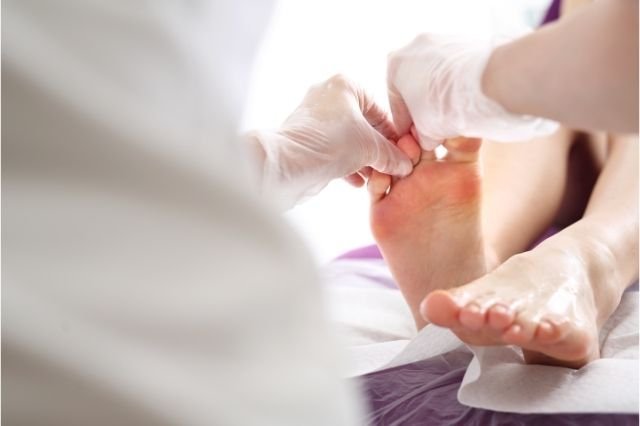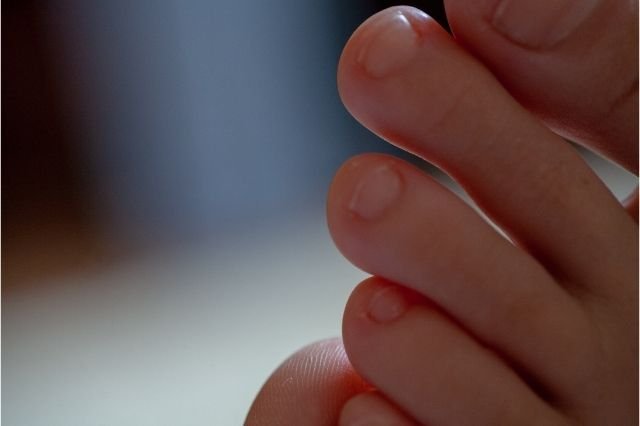When the farthermost corners of the toe start to eat into the soft flesh beneath the toenail, the consequences are painful with a swollen toe and at times an onset of infection.
The soft fleshes of the big toes are usually struck with such a malady and this can hurt quite a bit. This condition is known as ingrown toenails. If the pain is not too much or if the yet hasn’t yet set in, then it could be the beginning of the condition, which can be treated at home.
However when an infection sets in and the swelling causes the flesh to hide the toenail that has dug into the flesh, then a doctor can relieve the pain and help control the complications arising from further infection. Diabetic patients stand a greater risk of complications and infection if they are affected by this condition.
Toenail Infection Information
Ingrown toenails have a greater chance amongst those who wear tight shoes that cramp the toenails in the front of the shoe and also among those who cut their toenails way too short than normal.
An injury on the big toe is also like to cause the nail to sink in the flesh. Some people who have uncommonly arched toenails also stand a risk of developing ingrown toenails. And in some people due to a fungal infection, the nails turn thick yellow and hard.

The fungal infection could also further lead to a case of ingrown toenail. Among older people, ingrown toenails are seen at a higher rate as nails have a tendency to become thick and hard. This thickening or change of the curvature of nails can also result in ingrown toenails.
When the pain and discomfort gets unbreakable and there is redness and discoloration of the toenail, it is time to visit a podiatrist. Those with blood circulation disabilities should also see the doctor as that could mean spread of the condition leading to other complications.
Toe Nail Infection – Causes and Treatment for Nail Fungus
If the ingrown toenail is left untreated there are chances that the infection could affect the bone beneath the toe and result in a serious infection of the bone. In some rare cases when the condition was left untreated the ingrown toenail led to an open blister and skin infection that required surgery.
Moreover if foot blisters or infectious ulcers are further ignored without medical care or treatment it could become gangrenous. Hence it is imperative to take steps when you notice the first signs of an ingrown toenail. if it is too painful to bear, the doctor would be able to help by surgically clipping or taking out the ingrown appendage of the nail to help palliate pain.





